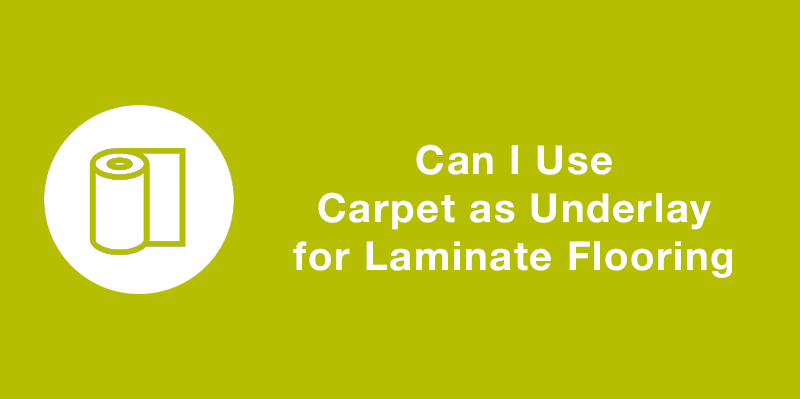(Intro)
As you can see, we have marked off an area that is approximately 20in by 20in. And the idea here is to have a good clean and smooth surface inside this perimeter. So we need to brush it off, sweep it off, maybe even have to rub a little sand paper on there, something like that to get all the debris off that you can, and it might be a little bit of a dusty job so you will want to be prepared to take the steps necessary to keep it as clean as possible and not to be breathing in all that dust. But in the end, you do want a nice clean, smooth surface.
What I’m holding here is the actual calcium chloride test and what comes with that inside of here, is the dish with the test materials inside and we are going to pop that open here in a just a second. But you also get kind of an amber colored plastic dome that has some self-adhesive tape on there that we will eventually put over the dish.
So, what we are going to do right now, (opens dish package). What we’re doing here is removing the dish, and the top side you’ll see has some printing on it. And its also covered, or sealed up I should say, with some black electrical tape. And you want to leave that on there for the time being. The idea here is to place this on the scale, so you can get a reading, I guess you could call it a dry reading of the ingredients. And this one weighs 30 grams.
Really any common scale will work. If you have a food scale, maybe you have a postage scale, that will work just fine. But always remember to follow the test kit manufacturers recommendations.
So very simply, now that you have your weight. The idea here is to remove the black plastic tape from the dish. And we have already removed the protective little pieces here on your self-adhesive strips. The black plastic tape simply goes on the inside top of the dome, we will use this later. Now that we have that done, its just a simple matter of being very careful not to spill any of the contents here, set the dish down like so. Take your plastic dome, simply put it on top of here (plastic dish) and seal down the edges. And go enjoy yourself for 60-72 hours.
Remember, in your basement you need to maintain a relative humidity of somewhere between 40 and 60 percent.
It is imperative that you test 3 times for the first 1000 square feet in the area that you are working in. Now also please remember for each additional 1000 square feet you are going to need to perform an additional test. We are in a rather large area right here and we have already put a test over on the other side of the room that we are going to show you in a minute and that test has been there for about 72 hours. So, lets go take a look at what happened.
Now it’s time to open up this dome to access the dish that’s inside, without disturbing the dish. And to do that, we’re just going to simply, make a cut, right here, (diagonally across the square dome). Now that we have made our cut, we’re going to carefully reach inside, and pull out the dish, being very careful not to spill any of the contents. Before we weigh any contents of the dish, we want to make sure that its sealed up with the black plastic tape that was stuck to the underside of that amber colored dome.
Now what we’ll do, is simply place it on the scale, and the scale is set to grams. And we can see that our weight has showed up. So now that we have gotten to this point, you can either follow the formula on the screen, or for those us that are maybe a little math challenged, you can access the website of the test manufacturer and most of them will provide you with a little calculator there where you can get the results you are looking for.
So, what do we know now? Well what we know now is we have the right information to make an educated decision as to what flooring products you are going to need to use in the environment that you are working in MP global has a great product selection tool if you have questions about our products, or how to use them.
(Outro)

[thrive_leads id=’1926′]
Join Our Newsletter
You are about to install your new flooring. As you lay the first plank you realize that


